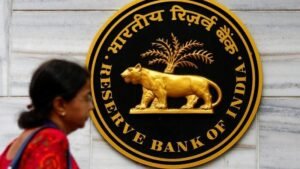The Reserve Bank of India (RBI) has unveiled a significant strategy to manage the excess liquidity stemming from the discontinuation of the Rs 2,000 currency note. Starting August 12, banks must comply with a 10 percent incremental cash reserve ratio (ICRR), as disclosed by the RBI on August 10. The move aims to curb the liquidity surplus resulting from the recent withdrawal of the Rs 2,000 note.
Following their May 19 announcement permitting citizens to exchange or deposit Rs 2,000 notes, the RBI has taken this latest decision. An impressive 88 percent of the circulating Rs 2,000 banknotes, totaling Rs 3.14 lakh crore, had already been returned to the banking system by August 1, according to the central bank’s August 10 update.


The ICRR mechanism is a short-term strategy applied when sudden deposit surges lead to excessive liquidity. This is not the first instance of such a measure. In November 2016, following the demonetization of Rs 500 and Rs 1,000 denomination bank notes, the RBI introduced an ICRR corresponding to 100 percent of the increase in net demand and time liabilities (NDTL) of scheduled banks. This move aimed to absorb a portion of the liquidity surge.


Governor Shakitkanta Das of the RBI clarified that the ICRR implementation is a temporary maneuver designed to regulate liquidity. Importantly, this alteration does not impact the existing cash reserve ratio (CRR). Concurrently, the RBI has maintained the current interest rates without changes for the third consecutive time during this fiscal year.

 Business
Business




